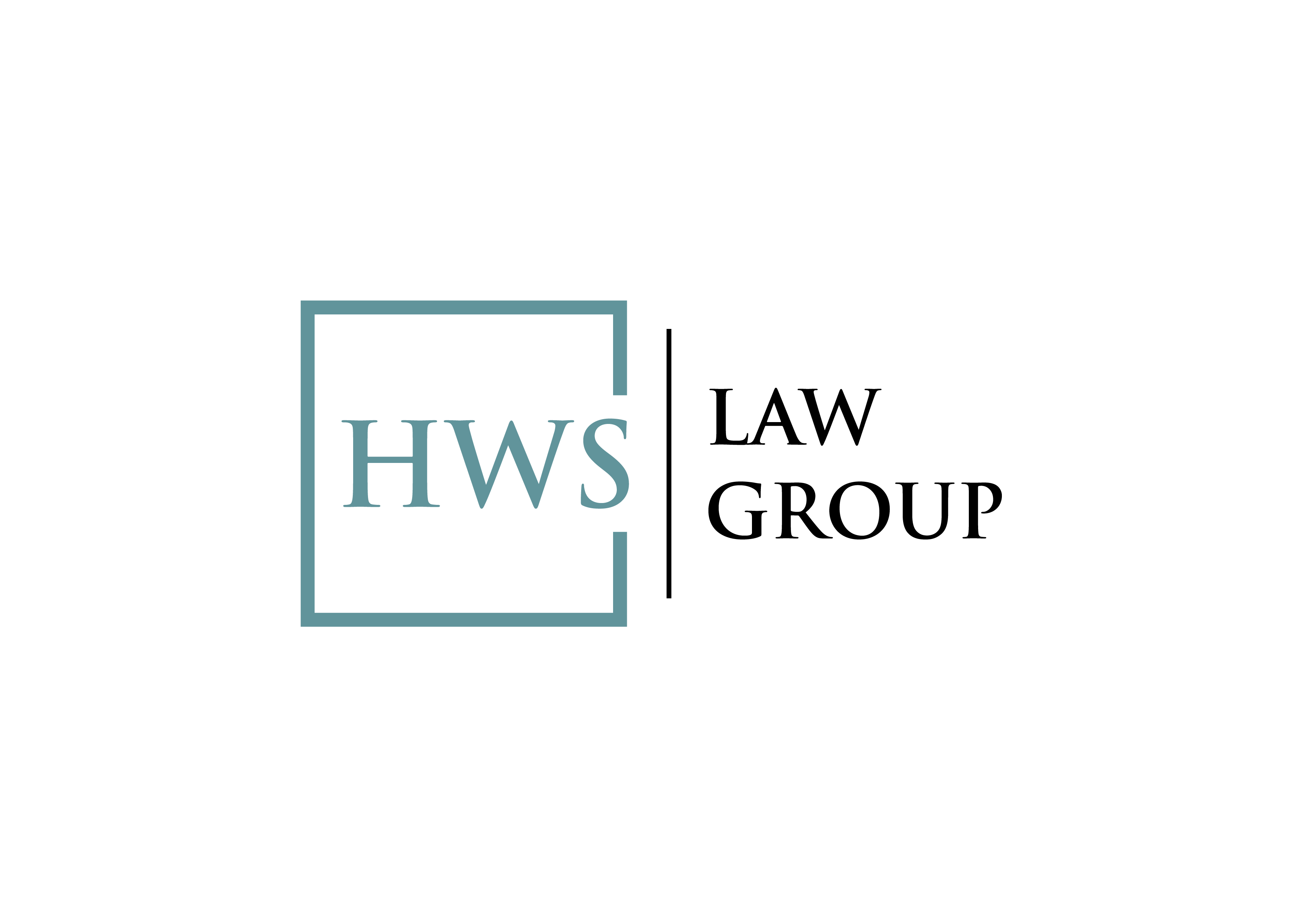In January, 2025, the Washington State Court of Appeals, Division One, issued a significant ruling in the case of Hector Martinez and Jolayne Houtz v. Washington State University, et al. which could have far-reaching implications for university liability, particularly in relation to student organizations, fraternities, and off-campus activities. This case centers on the tragic death of Samuel H. Martinez and involves multiple defendants, including Washington State University (“WSU”), Alpha Tau Omega Fraternity, the Gamma Chi Chapter of the fraternity, and several individuals tied to both the university and the fraternity.
This ruling’s potential to set new legal precedents in university responsibility and accountability is undeniable. Here, we’ll explore the impact this ruling could have on universities, how it might shape future legal battles, and what institutions can do to better protect students and avoid costly lawsuits.
1. The Rise of University Accountability for Off-Campus Activities
Traditionally, universities have been seen as somewhat detached from events that occur off-campus, especially when it comes to activities sponsored by student organizations like fraternities and sororities. However, WSU is a named defendant in this case, as Plaintiffs argue the university bears some degree of responsibility for what transpired, even though the incident may have occurred outside their official purview.
The court’s decision could establish a stronger precedent for holding universities accountable for the actions of student organizations, especially when those organizations are formally recognized by the school. This raises important questions about whether universities should do more to oversee student group activities, even if those activities take place off-campus.
2. Fraternities and the Expansion of Liability
Fraternities and sororities have long been under scrutiny for incidents related to hazing, alcohol abuse, and unsafe practices. In the case of Sam’s death, Alpha Tau Omega Fraternity and its Gamma Chi Chapter are key defendants. The court’s ruling, opening the door to WSU liability in this case, signals a shift in how liability is assessed not just for fraternities themselves but for the university’s involvement in fraternity activities.
Many universities, in an effort to distance themselves from the potential legal and reputational risks of fraternity misbehavior, have already instituted policies requiring stricter oversight or banning certain activities. A ruling like this will likely intensify those efforts, encouraging universities to review their relationship with Greek life and other student groups, ensuring better supervision and accountability for actions that may lead to harm.
3. Negligence and Duty of Care
Central to the case is an argument of negligence—did WSU and the fraternity fail to uphold their duty of care to Sam? This is the crux of many similar cases, where plaintiffs argue that a university should be held responsible for student safety, particularly when the institution is aware (or should have been aware) of unsafe practices or hazardous behavior within student organizations.
Because of this ruling, universities may face increased pressure to proactively address risky behaviors, implement more rigorous safety measures, and engage in continuous monitoring of student organizations on and off campus. Such measures might include mandatory safety training for student leaders, alcohol education programs, and more stringent rules governing student events.
4. Impact on University Policies and Procedures
As a result of this ruling, we can expect to see more universities implementing robust incident-reporting systems, requiring risk management plans for student organizations, and possibly even mandating insurance coverage for off-campus events. The court’s decision may also encourage more transparency in the disciplinary process, where universities become more accountable for their actions and inactions in response to complaints or concerns about student organizations.
5. Shifting Legal Landscape for Student Safety
The ruling may also signal a shift in how other courts interpret university responsibility, pushing for a more protective stance towards students. If plaintiffs continue to prevail in similar cases, universities might find themselves with higher legal exposure, especially if they fail to take meaningful actions to prevent harm. The concept of “foreseeability” could come into play—if a university knows or should have known that certain behaviors are taking place, it might be held liable for failing to act.
Conclusion
The Hector Martinez and Jolayne Houtz v. Washington State University ruling marks a turning point in the landscape of university liability. As a result of this ruling, universities may be required to take a more hands-on approach in ensuring student safety, especially when it comes to their involvement with off-campus student organizations like fraternities. This may lead to broader legal implications, encouraging universities to reevaluate their roles in student welfare and prompting legislative changes that ensure stronger protections for students across the nation.



